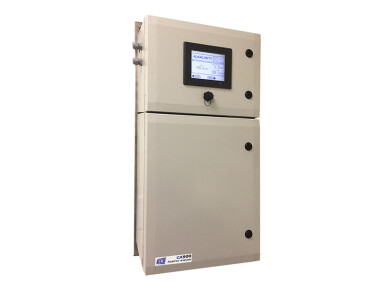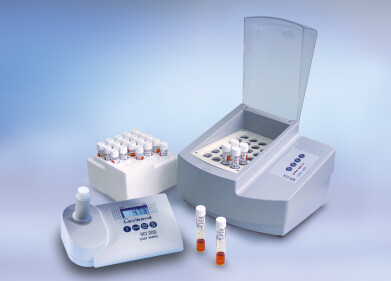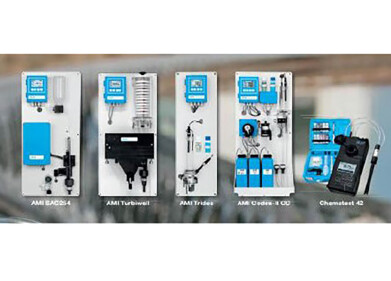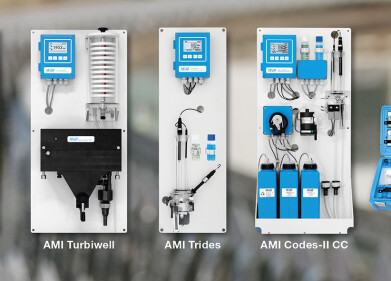Water Quality Monitoring
Sophisticated alkalinity analyser helps to prevent pipeline corrosion and ensures compliance with environmental legislation
Jul 03 2024
Electro-Chemical Devices’ (ECD) state-of-the-art CA900 Alkalinity Analyser has been designed and developed for engineers and technicians tasked with preventing pipeline corrosion by managing pH, alkalinity and DIC levels. The CA900 automates alkalinity measurement across a wide range, providing the water industry with a precise and cost-effective solution.
Accurate monitoring of alkalinity levels in municipal water is crucial. High alkalinity can lead to poor water quality, excessive disinfection, and maintenance issues. The CA900 overcomes these concerns by measuring alkalinity from low to high ranges, helping to avoid costly regulatory violations and fines.
One U.S. Environmental Protection Agency (EPA) approved method to prevent pipe corrosion involves balancing pH, alkalinity, and DIC levels. Without maintaining this balance, harmful lead and copper can leach into the water system, corroding pipes and contaminating drinking water.
Alkalinity measurements inform us of water's capacity to neutralise acids (pH), with alkaline compounds such as bicarbonates, carbonates, and hydroxides reducing acidity to prevent pipe corrosion. The correct pH and alkalinity balance is essential for water quality, from drinking water production to wastewater treatment.
ECD’s versatile CA900 Analyser offers four factory pre-set alkalinity calibration ranges: 0 to >1000 ppm, 200-1000 ppm, 50-200 ppm, and 0-50 ppm. The operator selects the desired range, and the analyser is set up for immediate use. It has four 4-20 mA analogue outputs, an Ethernet digital output, and four user-configurable alarm relays.
The CA900 uses highly advanced titration technology, calculating alkalinity by dispensing measured doses of titrant into a reaction cell and monitoring pH to an endpoint. It uses the titrant concentration and dispensed amount to calculate alkalinity levels.
Usually, the CA900 performs a single measurement per cycle, which includes cleaning, sample acquisition, pH monitoring, titrant addition, mixing, result calculation, and data storage. The analysis frequency can be adjusted to meet specific process needs.
Measuring high alkalinity levels with the CA900 is ideal for treating municipal drinking water and wastewater, affecting processes such as anaerobic digestion. Alkalinity in surface water usually results from calcium carbonate (CaCO3) leaching from rocks and soil into water systems.
The CA900 Analyser offers users a simple and automated approach to alkalinity measurement. Technicians can install and start the analyser in less than 15 minutes without the need for special tools or training. Installation consists of connecting sample, waste, and reagent lines, and powering up the pre-calibrated analyser. Wall mounting hardware is included, with an optional benchtop stand and reagent holder also available.
Information access and analysis customisation are straightforward with the CA900’s user-friendly menu and touchscreen interface. It can also be web-enabled, enabling remote monitoring and control via devices such as phones, tablets, laptops, and computers.
Digital Edition
AET 28.4 Oct/Nov 2024
November 2024
Gas Detection - Go from lagging to leading: why investment in gas detection makes sense Air Monitoring - Swirl and vortex meters will aid green hydrogen production - Beyond the Stack: Emi...
View all digital editions
Events
Jan 12 2025 Abu Dhabi, UAE
Jan 14 2025 Abu Dhabi, UAE
Jan 20 2025 San Diego, CA, USA
Carrefour des Gestions Locales de L'eau
Jan 22 2025 Rennes, France
Safety, Health & Wellbeing LIVE
Jan 22 2025 Manchester, UK



















